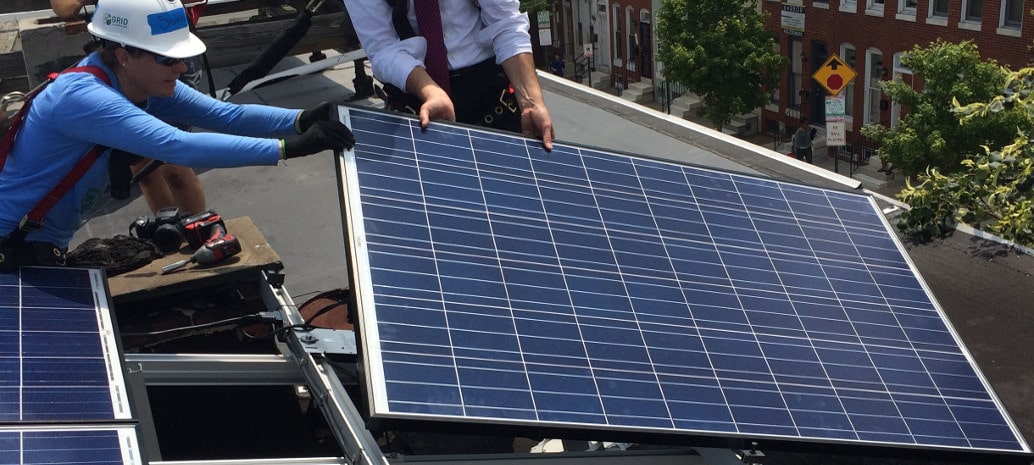First created in Berkeley, California, Property Assessed Clean Energy (PACE) was hailed in 2008 and 2009 as a key innovation that would unlock low-cost financing to grow distributed solar, especially for homeowners who would not otherwise qualify for loans based on personal credit histories.
However, this came to a screeching halt in 2010, when the Federal National Mortgage Association (Fannie Mae) and the Federal Home Loan Mortgage Association (Freddie Mac) stated their opposition to working with homes that participated in the program. Given the prevalence of federally backed loans in the residential sector, this effectively shut down most residential PACE programs.
Today the U.S. federal government announced new guidelines for the purchase and finance of homes with PACE loans through the Federal Housing Authority (FHA) and the Veterans’ Administration (VA), as the centerpiece of a program to bring 1 GW of solar to low- and middle-income families nationwide by 2020.
The “Clean Energy Savings for All” program will also include technical assistance for states and communities and a new solar workforce training network to connect efforts in communities across the country, as well as a competitive program to allow communities across the nation to access grant funding.
Additionally, it will provide technical assistance so that recipients of the low-income LIHEAP energy program can use funding for energy efficiency improvements and installing solar.
The new guidance represents a compromise between PACE and lending authorities. In the original program, PACE loans took priority over other liens in the event of a default, however under the new guidance only the delinquent portion of the PACE loan will come ahead of mortgages.
This is expected to satisfy Fannie Mae and Freddie Mac. “We do not think that we are taking significant incremental risk,” noted Ed Golding, principal deputy assistant secretary for the Office of Housing. FHA has also issued guidance for homes with PACE financing that are sold and re-purchased, including through foreclosures.
It is unclear what impact this will have on the distributed solar market in the United States. The Obama Administration has substantial expectations of PACE, with Senior Advisor to the President Brian Deese describing the 1 GW goal as “ambitious but achievable”.
The White House notes that 15 states have PACE enabling legislation. Many of these programs were frozen in 2010, with the exception of commercial PACE and programs in California, which sought ways around Fannie Mae and Freddie Mac’s opposition including the creation of a US$10 million reserve fund to cover the extremely rare defaults on PACE loans.
However, a closer look into California shows that while PACE has been a useful tool for some homeowners, that PACE loans represent only a small portion of the overall solar finance landscape – a far cry from the “silver bullet” for financing that was heralded during excitement about the program seven years ago.
This content is protected by copyright and may not be reused. If you want to cooperate with us and would like to reuse some of our content, please contact: editors@pv-magazine.com.









3 comments
By submitting this form you agree to pv magazine using your data for the purposes of publishing your comment.
Your personal data will only be disclosed or otherwise transmitted to third parties for the purposes of spam filtering or if this is necessary for technical maintenance of the website. Any other transfer to third parties will not take place unless this is justified on the basis of applicable data protection regulations or if pv magazine is legally obliged to do so.
You may revoke this consent at any time with effect for the future, in which case your personal data will be deleted immediately. Otherwise, your data will be deleted if pv magazine has processed your request or the purpose of data storage is fulfilled.
Further information on data privacy can be found in our Data Protection Policy.